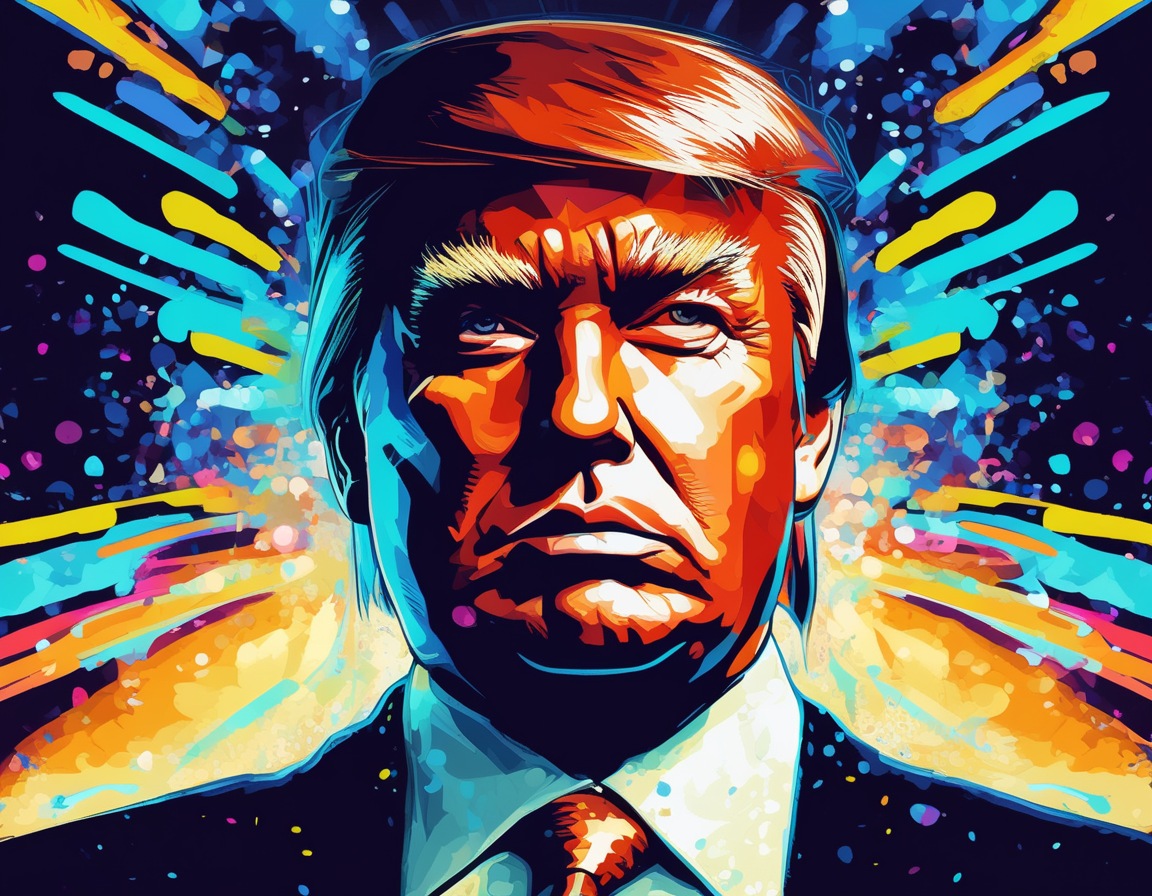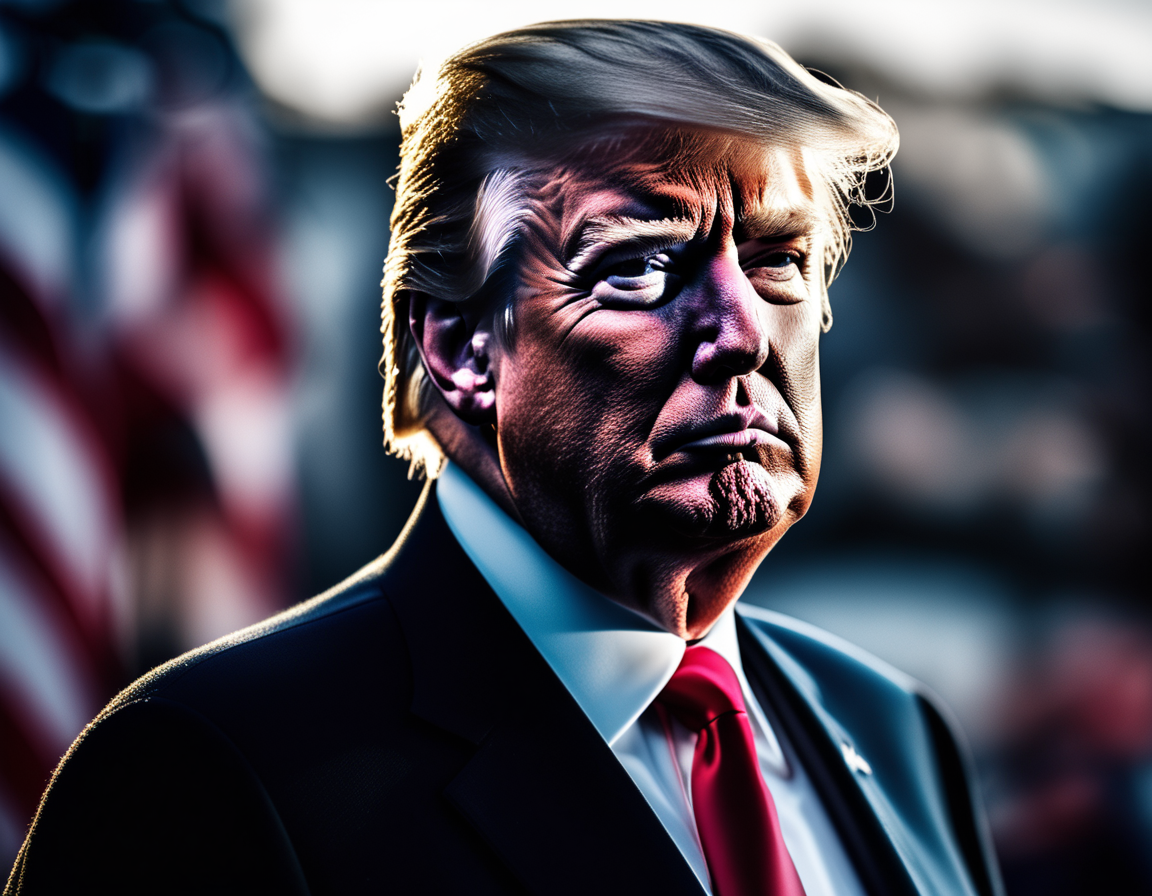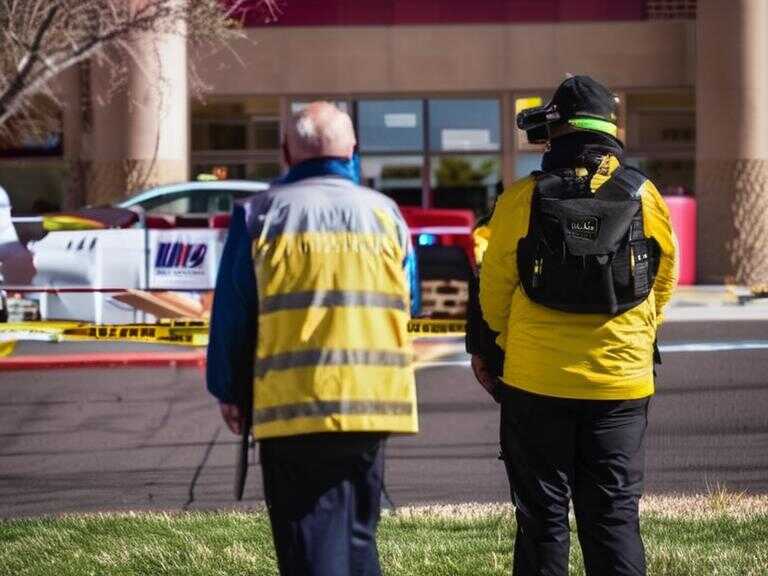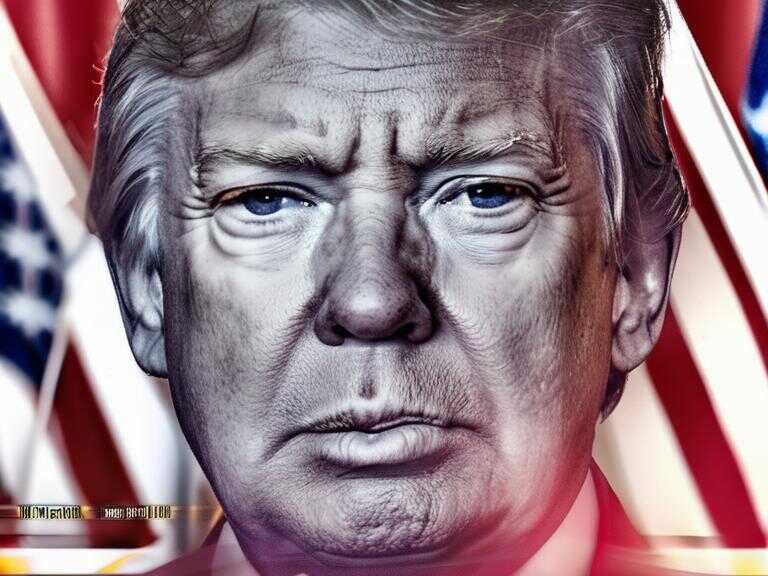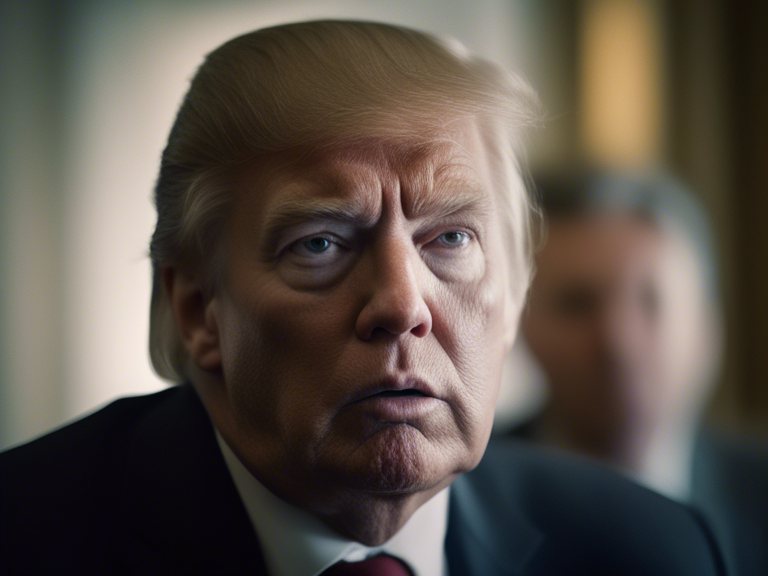
Gen Z Voter Insights: Kamala Harris Leads, Gender Gap Notable in Presidential Race
The latest edition of "From the Politics Desk" covers Gen Z voter preferences, political spending, and Kamala Harris' campaign efforts against Donald Trump.

Welcome to this in-depth coverage from the Politics Desk, where we delve into the latest updates and analysis from the election front. In this edition, we focus on the presidential race, examining the sentiments of Generation Z voters in the run-up to the election, the unprecedented surge in outside spending, and the strategic messaging of key political figures.
Gen Z Voters' Perspectives
As the election draws near, the Generation Z voter segment is emerging as a significant force in shaping the political landscape. The latest NBC News Stay Tuned Gen Z Poll, powered by SurveyMonkey, reveals a compelling divide in the voting intentions of registered voters under 30 years old.
According to the poll, Vice President Kamala Harris commands solid support among young voters, with half expressing their intention to vote for her in the upcoming presidential election. In contrast, one-third of respondents indicated their preference for former President Donald Trump. When narrowing the focus to those young voters who are certain to cast their ballots in November, Harris maintains a lead of 56% to 36%. This 20-point advantage, while substantial, is slightly below the 24-point margin enjoyed by President Joe Biden among voters under 30 in the 2020 election.
The Gender Divide within Generation Z
Examining the poll results through a gender lens unveils pronounced disparities among different groups within Generation Z. Young women demonstrate a clear preference for Harris over Trump, with a remarkable 33-point margin. In stark contrast, young men exhibit a more divided stance, narrowly favoring Harris by just 2 points.
Issues that Matter
The poll further explores the issues that resonate most with young voters, exposing notable gender differences in priorities. While both men and women identify inflation and the cost of living as their primary concern, subsequent preferences diverge significantly. 13% of women prioritize abortion, whereas only 4% of men share the same sentiment. Conversely, 13% of men cite threats to democracy as their most pressing issue, compared to 9% of women.
The role of abortion policy in candidate selection also reveals substantial gender-based variations. Nearly half of young women (48%) assert that they would only support a candidate aligned with their views on abortion, in contrast to 36% of men.
Outside Spending: Breaking Records
In a noteworthy development, outside spending in the current presidential race has reached unprecedented heights, surpassing $1.1 billion with less than two weeks remaining before Election Day. According to an NBC News analysis, this figure exceeds the record set during the 2020 election cycle, demonstrating the heightened financial stakes in this year's electoral contest.
This extraordinary sum encompasses expenditures from super PACs and other groups not directly affiliated with the candidates' campaigns and party committees, covering the entire primary and general election campaigns. To put this into perspective, the current level of outside spending significantly eclipses the gross domestic product of numerous countries.
Furthermore, the frenetic pace of spending this election cycle has surpassed the levels observed at this point in the previous four years, where independent expenditures exceeded $910 million. In total, the 2020 presidential contest witnessed a staggering expenditure exceeding $1 billion.
Notably, Kamala Harris, whose presidential candidacy is a relatively recent development following an unprecedented summer switch at the top of the Democratic ticket, has been the focal point of more than two-thirds of the total outside spending in the current cycle.
The Significance of Harris' Closing-Argument Address
Kamala Harris' choice of venue for her closing-argument address to the nation carries symbolic weight. Positioned at the Ellipse, adjacent to the White House, this site is historically significant as the location where Donald Trump rallied his supporters on January 6, 2021, urging them to march on the Capitol.
In contrast, Harris aims to convey a different message entirely. This choice serves to juxtapose her stance against the backdrop of a pivotal moment in American history, underscoring her commitment to safeguarding the democratic integrity of the nation.
While some voters express uncertainty about Harris' policy positions, the strategic location of her address signals an intention to galvanize her base while simultaneously appealing to swing voters. This calculated move reflects her acknowledgment of the dual objectives of reaffirming her credentials and challenging her opponent's fitness for office.
Harris' Push to Engage Voters
In the final stretch of the campaign, Harris is enlisting the support of prominent figures within the Democratic Party to bolster her appeal to voters. Notably, she is set to appear alongside former President Barack Obama in Georgia and former First Lady Michelle Obama in Michigan, marking the first joint campaign appearances for the Obamas this election cycle.
However, one notable absence from Harris' roster of high-profile endorsements is former Secretary of State Hillary Clinton. This omission reflects a deliberate choice by Harris, diverging from Clinton's historically focused approach in her own campaign.
Trump's Campaign Strategy
On the opposing side, former President Trump is honing in on key issues such as immigration, inflation, and foreign policy as he seeks to resonate with voters in the closing days of the race. Notably, he is intensifying his personal attacks on Harris, highlighting the contrasting approaches of the two candidates as they vie for the hearts and minds of the electorate.
Engagement with Voters
As the campaign intensifies, both Harris and Trump are stepping up their efforts to connect with voters across the country. Harris is leveraging her platform to distinctly position herself against Trump, labeling him as unfit for office in a bid to sway undecided voters.
Meanwhile, Trump's campaign is embracing town hall-style events, frequently moderated by women, in a concerted effort to narrow the gender gap in voter support. This strategic maneuver underscores the significance of engaging diverse audiences as the election approaches.
Expanding Outreach
Harris' outreach efforts extend beyond traditional campaign appearances. Her team is strategically running millions of dollars in Spanish-language ads aimed at connecting with Latino voters, recognizing the importance of inclusivity in her campaign.
Celebrating Diversity
In an effort to reach a broader demographic, Harris is set to campaign with cultural icon Beyoncé in Houston, where the renowned artist is expected to perform at the event. This high-profile collaboration not only aims to galvanize support within the music industry but also seeks to resonate with younger, diverse voters.
Divergent Support
In a notable development, the endorsement of Shawn Reilly, the former Republican mayor of Waukesha, Wisconsin, for Kamala Harris signifies a potential shift in traditional political alliances. This endorsement is particularly significant as Waukesha is part of the suburban WOW counties (Waukesha, Ozaukee, and Washington) surrounding Milwaukee, areas that have historically leaned Republican but have witnessed recent gains for Democrats.
The Pennsylvania Landscape
The political landscape in Pennsylvania is evolving, with the NBC News Decision Desk scrutinizing the erosion of Democrats' voter registration advantage and its implications for the upcoming election. This analysis underscores the dynamic nature of voter sentiment in a state historically regarded as a political battleground.
Strategic Spending in Key Races
Strategic spending is not confined to presidential campaigns, as a Republican super PAC is making waves in the Nevada Senate race. This marks the group's inaugural financial commitment in a race where the party's Senate candidate has lagged behind Trump in recent polls. Such targeted investments highlight the significance of resource allocation in shaping competitive electoral landscapes.
Bolstering Democratic Candidates
Similarly, a Democratic super PAC is launching a television advertisement campaign to bolster Representative Colin Allred in his showdown against GOP Senator Ted Cruz in Texas. This last-minute push underscores the critical nature of reaching voters in the final days leading up to the election.
Engaging the Latino Community
Recognizing the importance of engaging the Latino community in the electoral process, Future Forward, a Democratic super PAC backing Kamala Harris, has been strategically running millions of dollars in Spanish-language ads. This targeted outreach reflects a concerted effort to connect with diverse demographics and mobilize support for Harris' candidacy.
Cultural Resonance
In a bid to foster cultural resonance and connect with younger audiences, Kamala Harris is slated to campaign alongside the iconic performer Beyoncé at a campaign event, anticipated to feature a performance by the world-renowned artist. This collaboration not only aims to galvanize support within the entertainment industry but also seeks to engage with younger, diverse voters on a more personal level.
Endorsements in Key Battlegrounds
Amidst the intensifying campaign, endorsements are playing a pivotal role in shaping public perception and galvanizing support. Notably, Shawn Reilly, the former Republican mayor of Waukesha, Wisconsin, has publicly declared his endorsement for Kamala Harris. This endorsement
Share news





